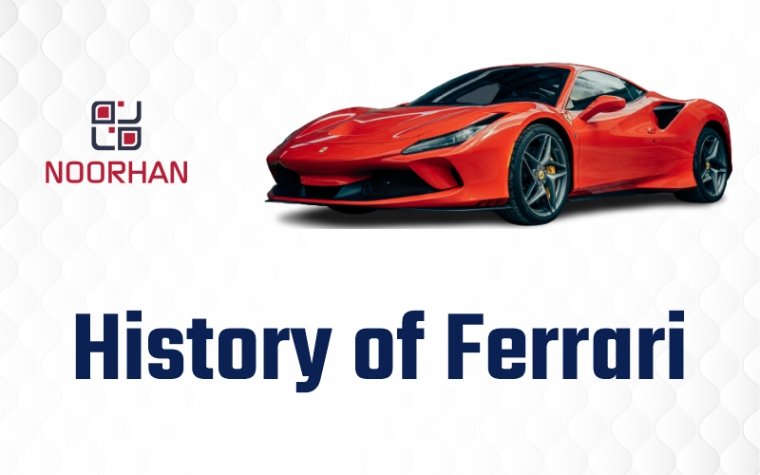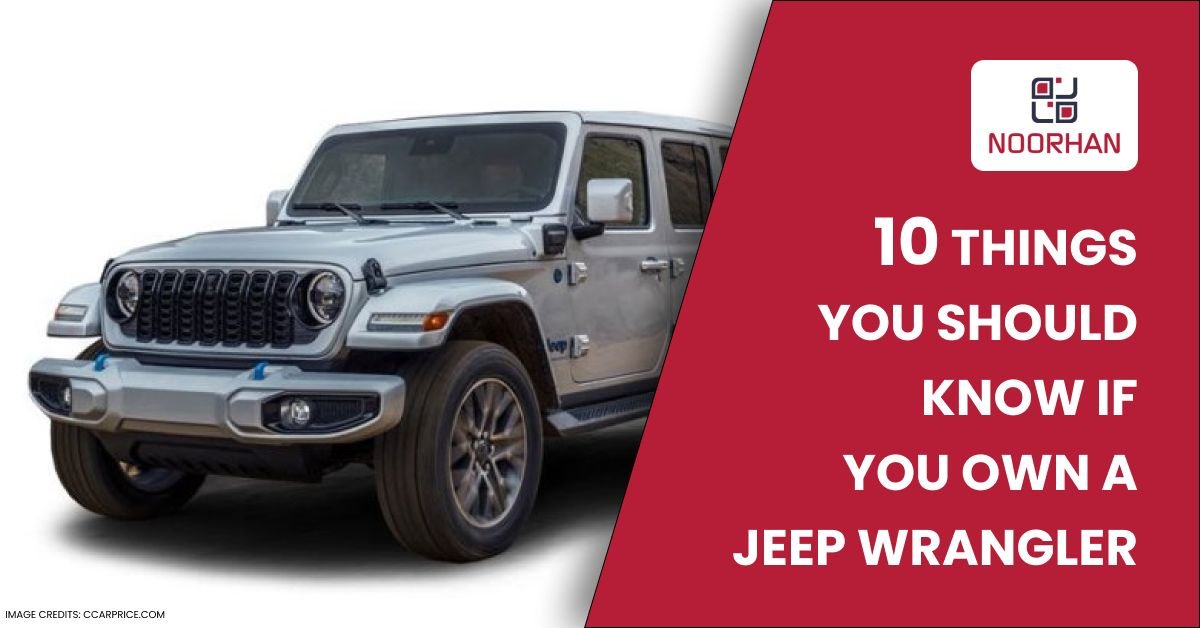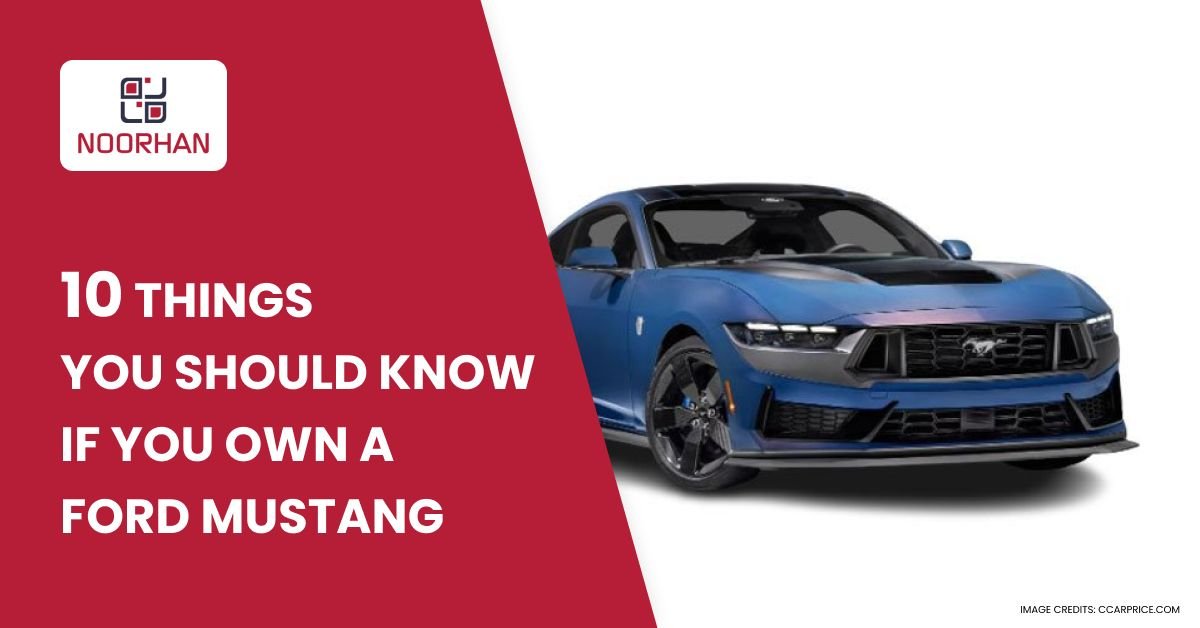History of Ferrari
Ferrari is one of the world’s most well-liked expensive sports car companies. In 1947, the company opened for business. But the legendary founder and namesake of the company, Enzo Ferrari, had been working in the auto business for a long time before that.
Ferrari History:
Enzo Ferrari was born in Modena, Italy, in 1898. He first worked as a race car driver. In the 1920s, Alfa Romeo hired him as a driver, and he went on to win several races, including the 2nd Circuito di Modena.
In 1929, Ferrari started Scuderia Ferrari, which is now Ferrari’s official race car business. It began as a part of Alfa that focused on preparing race cars for gentlemen drivers. At the time, sports car racing was gaining popularity among the rich and famous, who were the only ones who could afford it.
In 1931, Enzo came in second at the Circuito Tre Province, the last time he drove in a race. He wanted to pay attention to his family and the birth of his first child, Alfredo, who most people call Dino.
But he still worked for Scuderia and built cars for Alfa until 1939. In September of that year, he quit his job as Head of Alfa Corse to start his own car company, Auto Avio Costruzioni, in Modena, Italy, where he was born and raised. Because of his leaving, he couldn’t use the Ferrari name on any of his cars or in any races for at least four years. To keep the deal, the company didn’t change its name to Auto Costruzioni Ferrari until 1957, and the Ferrari 125 S was the first car to be called a Ferrari. In 1945, Ferrari came out with a V12 engine, which became one of its most recognizable features. The first Ferrari model, the 125 S or 125 Sport, didn’t leave the plant on Via Abetone Inferiore in Maranello, Italy, until 1947, almost ten years after Enzo left Alfa. At first, there were just two kinds.
In May that year, the car took part in its first race at the Piacenza Circuit. The Rome Grand Prix was won on May 25. The car was supposed to come out earlier, but World War II caused the release date to be moved back. After bombs hit the plant in Modena, the company moved to Maranello and built the famous factory it still uses today.
During the next few decades, the Italian car company did well because its cars won big races like the Mille Miglia in 1948, the Le Mans 24 Hour Race in 1949, and the Formula One World Championship Grand Prix in 1951.
Luigi Chinetti, a race car driver, opened the first Ferrari showroom and factory in the United States at the start of the 1950s. Before this, Ferraris were mostly owned by rich people who liked driving and used them to compete in races. Later, the site moved from Manhattan to Connecticut, but the US became one of the most profitable places to sell Ferraris.
Dino, Enzo’s oldest son, died of muscular dystrophy in 1956. This was a terrible event. The company went through a time of change in the 1960s. First, in 1961, some of the company’s employees, such as top engineers Carlo Chiti and Giotto Bizzarrini, left to start a new car company called ATS. At the time, they wanted it to compete directly with Ferrari. People said that Enzo’s wife Laura’s heavy participation in running the business was the cause of the split.
Engineer Mauro Forghieri and body designer Sergio Scaglietti were chosen to finish the 250 GTO, which, ironically, became known as one of the most famous sports cars ever.
At the end of the 1960s, Enzo understood that the company needed a partner to stay successful and grow in the face of competition and market challenges. In 1969, it found a partner in the Fiat Group, which bought 50% of the company.
The F40 was first sold in 1987. It would be the last car that Enzo Ferrari would work on. The next year, he died at 90, and the Fiat Group raised its company share to 90%.
After Enzo died, Luca di Montezemolo took over as Ferrari’s head from 1991 until October 2014. Sergio Marchionne, the present CEO, took his place, and plans were made to split Ferrari from the Fiat Group. In 2015, Ferrari N.V. went public and started selling at almost $10 billion on the New York Stock Exchange. In 2016, it started trading on the Milan Stock Exchange.
What's future for Ferrari?
You can see the roots of Ferrari’s hybrid future in the SF90 Stradale, and the hypercar’s performance shows that its hybrid-electric engine isn’t just a gimmick. In 2025, we’ll show off our first fully electric car, a real Ferrari that will add to our lineup. It will have a few traits that make it different from other Ferraris and be a sports car like all other Ferraris. At this point, this is all we know about what Ferrari has planned for electric vehicles.
Immediate Torque:
Even an electric passenger car will benefit from almost instant torque when you step on the gas. The benefits are even more obvious in a hypercar like the SF90 Stradale or LaFerrari. It’s a major factor in the SF90 Stradale’s 2.5 seconds to 60 mph and the LaFerrari’s 2.4 seconds to 60 mph.
Regenerative Braking:
As a plug-in hybrid, the SF90 can be put in to charge its battery when the car isn’t being driven. It also uses regenerative braking. This technology uses the brakes’ heat to charge the car’s battery.
Lower the point of balance:
Due to having fewer heavy engine parts and heavier batteries, electric cars tend to have a lower center of gravity than standard cars. This can make driving better in the real world, which should get us all excited about the electric Ferraris of the future.
Innovation in Engineering:
Ferrari has always been bold in using cutting-edge engineering to improve performance, and making a fully electric supercar or hypercar could be the Prancing Horse’s biggest task yet. In the long past of Ferrari, the need for this level of innovation has often led to breakthroughs in performance, and we expect the same thing to happen here.
Conclusion:
Even though few hybrid-electric Ferraris are on the road right now, these purebred performers are in high demand, and exciting new powertrain improvements are on the way. Currently is a great moment to consider purchasing a Ferrari.
FAQs (Frequently Asked Questions)
In 2030, what will happen to Ferrari?
In 2025, about 5% of Ferrari’s cars will be pure electric, 55% will be hybrid, and 40% will use internal combustion. By 2030, however, the company wants 40% pure electric and 40% hybrid cars. Even in 2030, 20% of vehicles will still only have gas engines.
Which Ferrari is the most like the future?
The Ferrari Vision Gran Turismo is the name of the company’s future race car.
Which Ferrari name costs the least?
The price of the least expensive model, the Portofino, starts at Rs 3.50 Crore, while the cost of the most expensive model, the F8 Tributo, starts at Rs 4.02 Crore.
Where can you buy Ferrari Spare Parts in Dubai?
Ferrari Spare Parts are available at different suppliers and dealers of auto spare parts in Dubai. Noorhan is amongst the leading brands that deal with genuine auto spare parts and aftermarket parts for different car brands, including BMW, Mercedes, Audi, Porsche, Honda, Toyota, Nissan, Mazda, Jeep, Ford, and other Japanese, European, American, Korean, luxury cars brand.
If you’re looking to replace your Ferrari spare parts with high-quality aftermarket parts in Dubai, Noorhan can help you.



























































